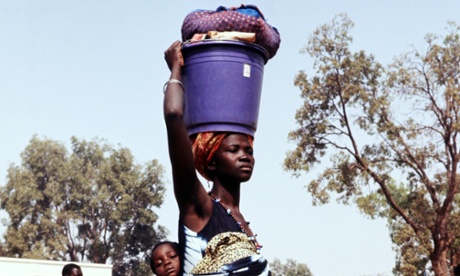
It sounds like a twist on the raft of self-help books with titles such as French Women Don’t Get Fat but, according to the woman dubbed Silicon Valley’s “posture guru”, indigenous people don’t get back pain. Esther Gokhale, an acupuncturist and biochemist, says she spent more than 10 years researching remote communities from Ecuador to India and was astonished to find that some reported zero back pain. And, despite the hours spent sitting on the floor and weaving, or collecting firewood, the discs in their spines showed few signs of degeneration.
Gokhale, who had been through surgery to ease her own back pain, said she was struck by the spines of the people she met, which were shaped more like a J, than the S-shape she was used to seeing in the US. After developing exercises to turn her spinal shape back into a J, she set about helping clients including Matt Drudge of the Drudge Report and the CEO of YouTube.
Clare Chapman, a former yoga teacher who runs classes in Bristol says the Gokhale method focuses on improving posture in everyday life. Most of us, she points out, spend our days slouching, and when we try to sit up straight, arch our backs instead - which in time damages the spine. Instead we have to relearn a “primal posture” something that babies and toddlers naturally have.
So should we all be rushing to try to improve our posture? Not exactly, says Steve Tolan, from the Chartered Society of Physiotherapists. While he does not know of any scientific research into whether indigenous cultures experience back pain, he says he would not be surprised to hear they have less than in the UK where it is a leading cause of disability.
But, he says, it is unlikely to be simply our posture at fault. “The key element ... is that in indigenous cultures, people don’t sit in an office for eight hours a day,” says Tolan. “They are constantly moving and using their bodies in a way they are designed to be used.”
While techniques focusing on exercises and posture can play a role in helping to treat back pain, he says, prevention is more important. And this means avoiding a sedentary lifestyle.
“I don’t think this is about one method or static posture. We need to think about whether we should be standing to take a phone call, changing positions as often as we can, or having walking meetings and taking breaks.
“We should think about how often we use technology: are you spending the evening on your phone or taking exercise? Those are the lessons to be learned.”

